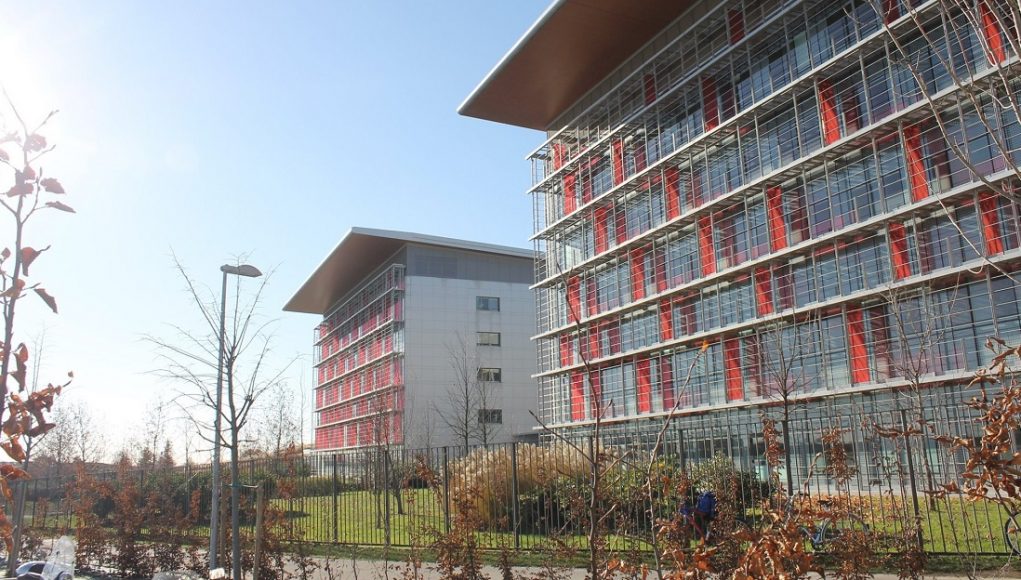University of Milan-BicoccaSchool of Medicine and Surgery (Bergamo)
Experience a uniquely modern and personalized medical education with small class sizes, taught in partnership with one of Europe's most advanced hospitals, all set in the beautiful city of Bergamo.

Bicocca at a Glance
Admission is very competitive for the limited seats available. Below are the approximate minimum scores for admission in recent years.
Tuition fees at Milan-Bicocca are income-based, calculated using the ISEE certificate for financial status.
- Minimum Fee: approx. €156 per year.
- Standard Range: €1,200 - €4,100 per year.
- Maximum Fee (Highest Income): approx. €4,100 per year.
- Scholarships and financial aid are available through the university.
The single-cycle Master's Degree in Medicine and Surgery offered by the University of Milan-Bicocca is uniquely situated in the city of Bergamo. This English-taught program distinguishes itself through its intimate learning environment, with a small cohort of students, and its full integration with the Papa Giovanni XXIII Hospital, a beacon of modern healthcare in Europe. The course is designed to cultivate highly skilled physicians with a strong foundation in clinical practice, research, and a humanistic approach to patient care.
Educational Philosophy
The program's philosophy centers on "learning in context." By embedding the campus within a major hospital, students are immersed in a clinical environment from the very beginning. The curriculum promotes active learning through case studies, simulations, and problem-solving sessions, ensuring that theoretical knowledge is always connected to real-world medical practice. The small class size fosters a strong sense of community and allows for direct, personalized mentorship from faculty.
Key Competencies Developed
- Clinical Integration: Ability to apply basic science knowledge to clinical problems early on.
- Personalized Learning: Development of individual strengths through close faculty mentorship.
- Advanced Practical Skills: Proficiency gained in one of Europe's most technologically advanced hospitals.
- Community Focus: Understanding of healthcare within a specific territorial and hospital context.
- Strong Ethical Foundation: Emphasis on communication, empathy, and patient-centered care.
The Clinical & Academic Environment
Bicocca's unique model integrates education directly with one of Europe's most modern and efficient hospitals.

The primary training site is the Papa Giovanni XXIII Hospital in Bergamo, a jewel of Italian healthcare. Recognized for its innovative logistics, high level of technology, and patient-centered design, it provides an unparalleled learning environment.
- Italy's largest organ transplant center.
- Advanced robotics surgery and minimally invasive techniques.
- Top-tier Trauma Center and Emergency Department.
- Strong integration between clinical wards and research labs.

The medical school campus is located directly adjacent to the hospital, creating a seamless ecosystem for learning and practice. Facilities are modern, designed for small-group teaching, and equipped with the latest educational technology.
- High-fidelity simulation center for clinical skills training.
- Anatomy sector with virtual dissection tables and prosections.
- Tutoring rooms and study halls designed for collaborative learning.
- Full digital access to Bicocca University's extensive online library resources.
A Medical Student's Life in Bergamo
Enjoy a high quality of life in a beautiful, historic, and affordable city, perfectly positioned between Milan and the Alps.
Bergamo offers more affordable housing than Milan. Students find single rooms in shared flats throughout the city, with easy bus connections to the hospital campus. University residences are also available.
Cost: €300 - €500/month
Bergamo boasts a rich culinary tradition and a vibrant student life, especially in the historic Città Alta. Its manageable size makes it easy to navigate, while its international airport offers cheap flights across Europe.
Cost: €250 - €400/month
Located at the foothills of the Alps, Bergamo is perfect for outdoor enthusiasts. Milan is just a 50-minute train ride away for big-city excursions. The famous lakes Como and Garda are also easily reachable for weekend trips.
Transport Pass: ~€25/month
Studying in Bicocca-Bergamo: Pros & Cons
Personalized Education: Small class sizes lead to close interaction with professors and a strong sense of community.
World-Class Hospital: Training in one of Europe's most modern and efficient hospitals (Papa Giovanni XXIII).
Quality of Life: Enjoy a high quality of life in a beautiful, safe, and affordable historic city.
Location: Proximity to Milan, the Alps, major lakes, and an international airport offers great travel opportunities.
Highly Competitive: Very few seats available, making the admission process extremely competitive.
Quieter City: Bergamo is much smaller and quieter than Milan or Rome, which may not suit everyone.
Brand Recognition: While prestigious, Bicocca may have less international name recognition than older universities like Bologna or Padua.
Less "Big City" Feel: Students looking for a massive metropolitan experience might prefer Milan or Rome.
The Application Journey
Your step-by-step guide and key contacts to apply to the Bicocca-Bergamo program.
Admission is based on the IMAT score. Due to the small number of seats, the competition is focused, making a strong score essential.
Step 1: Pre-enrollment on Universitaly (April-July)
Mandatory for all non-EU candidates. Select the University of Milan-Bicocca as your first choice.
Step 2: Register for IMAT (August-September)
Register for the exam via the official testing portal. Exam is typically held in mid-September.
Step 3: Check Rankings & Enroll (October)
Successful candidates in the national ranking must follow Bicocca's specific enrollment procedures promptly.
Step 4 (Non-EU): Apply for Student Visa
Use the admission letter to apply for a Type D student visa at your local Italian consulate.
Contact Details
welcome.desk@unimib.it
www.medicina.unimib.it